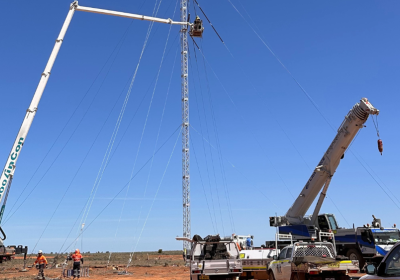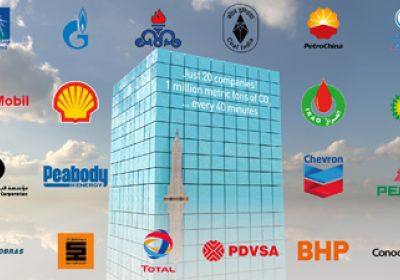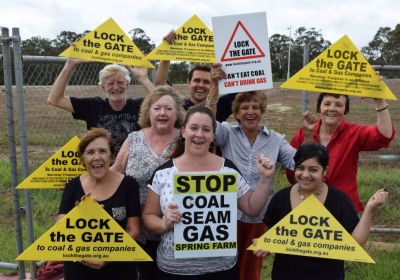
Electrical Trades Union NSW/ACT secretary Allen Hicks has criticised private operator Transgrid for the lengthy power failures in Broken Hill and surrounds. Jim McIlroy reports.

Electrical Trades Union NSW/ACT secretary Allen Hicks has criticised private operator Transgrid for the lengthy power failures in Broken Hill and surrounds. Jim McIlroy reports.

Questions are being asked about why energy giant AGL is being allowed to get away with designating a pitiful amount of funds to rehabilitate its coal-fired power stations and coal seam gas operations, writes Zane Alcorn.

Fossil fuel corporations have already planned production to 2030 that will exceed the global carbon budget by 120%, writes Peter Boyle.

As AGL announced a $400 million loss on August 10, anti-gas protesters assembled outside its headquarters to demand it close its Camden coal seam gas (CSG) project in south-west Sydney.

